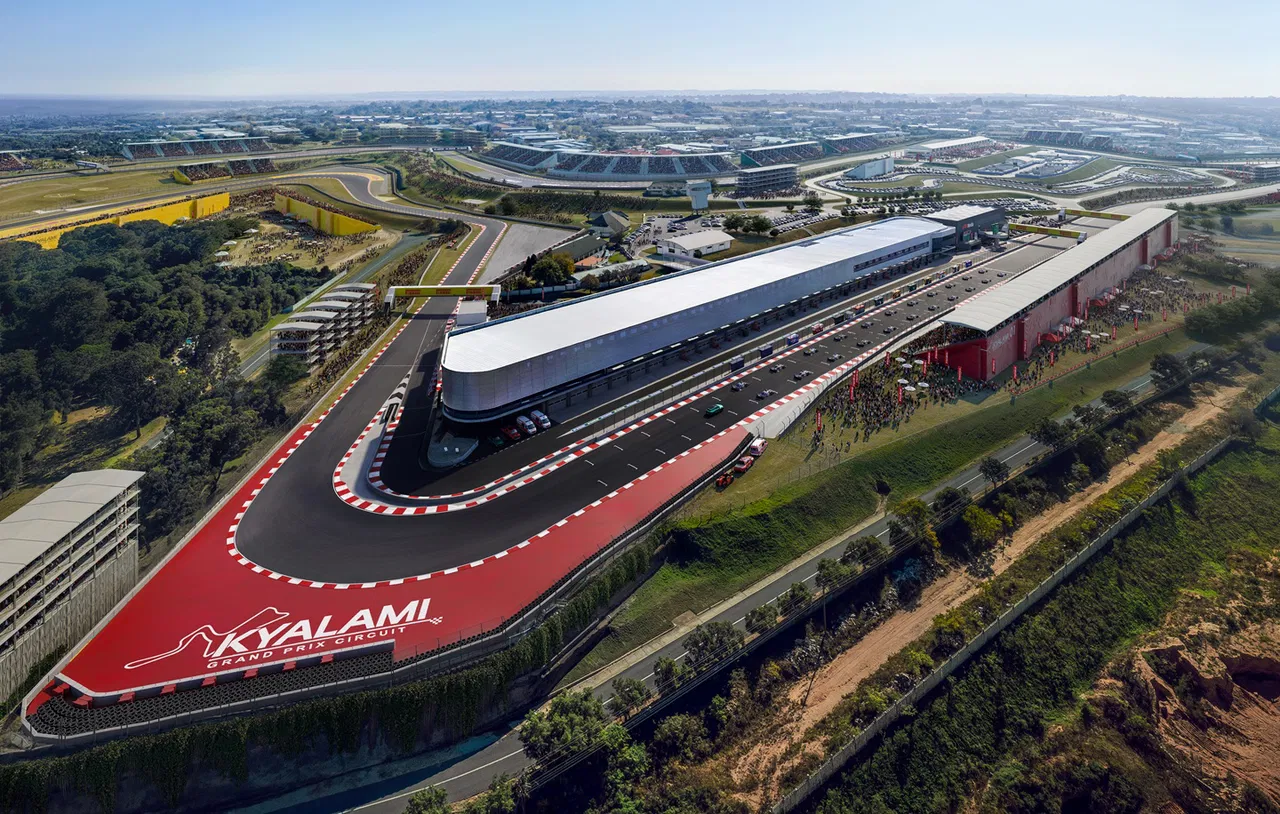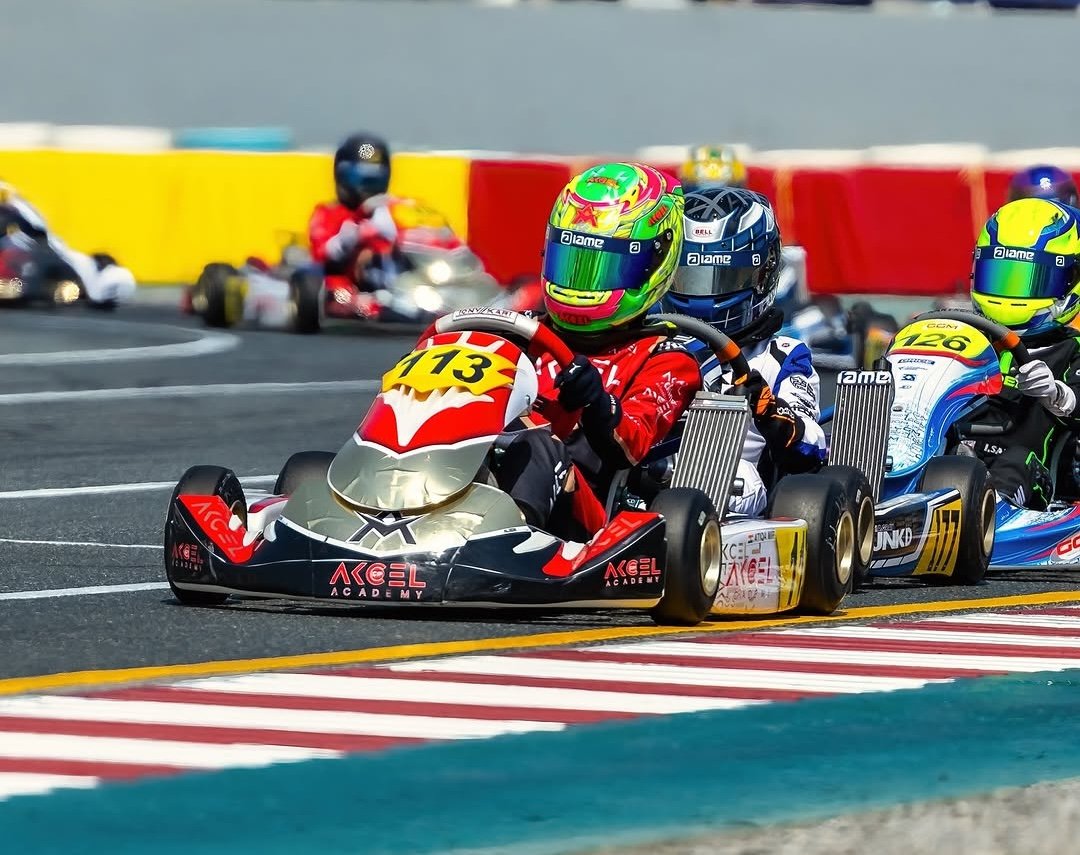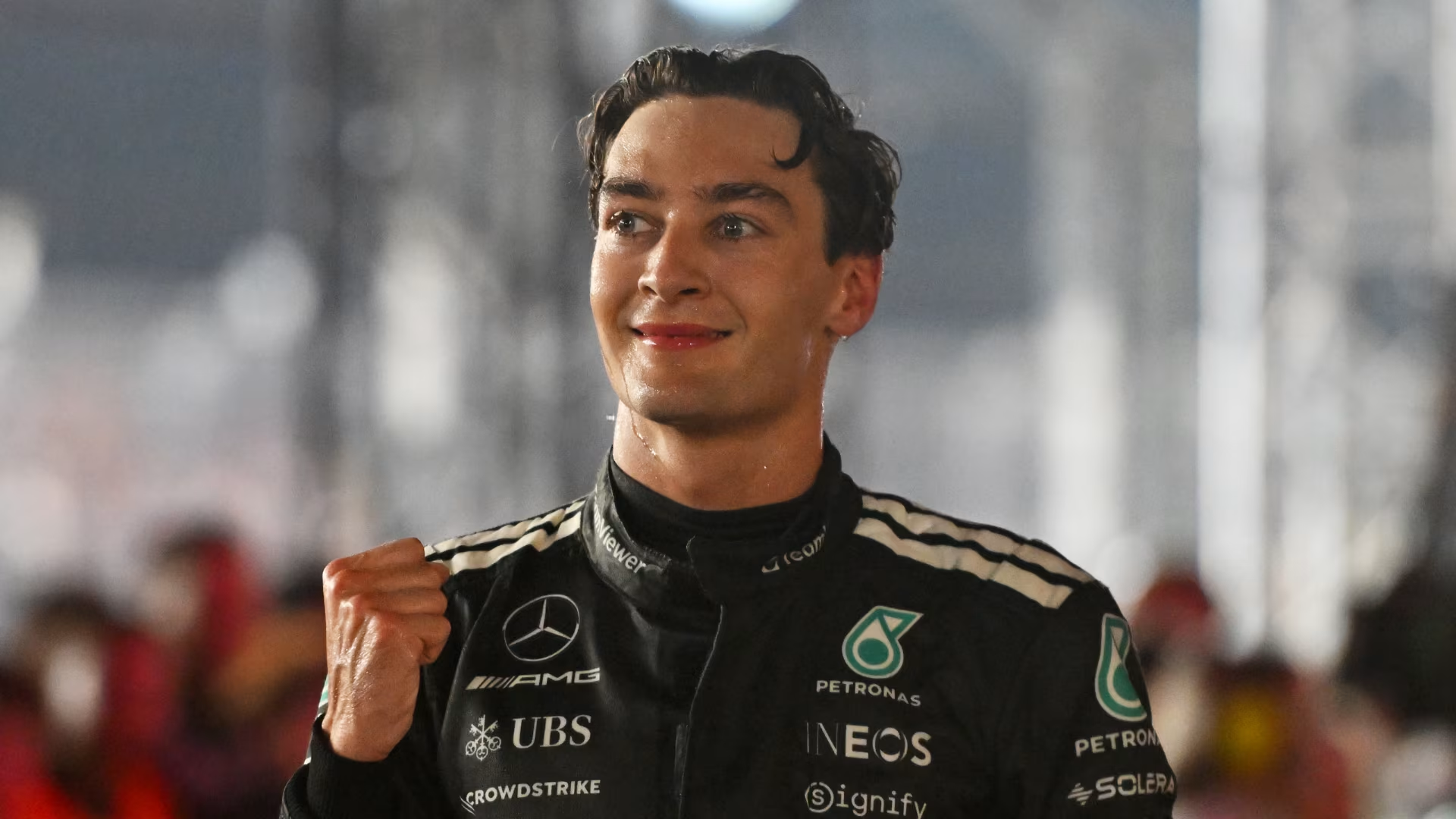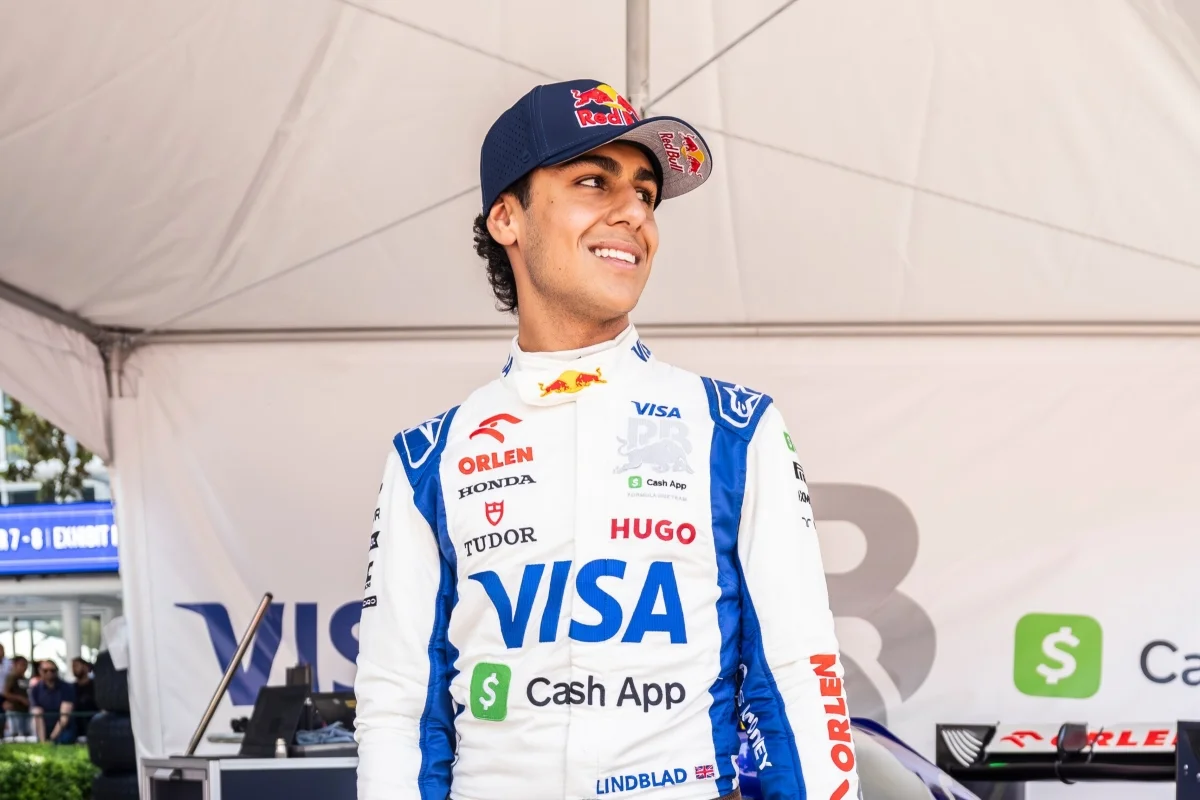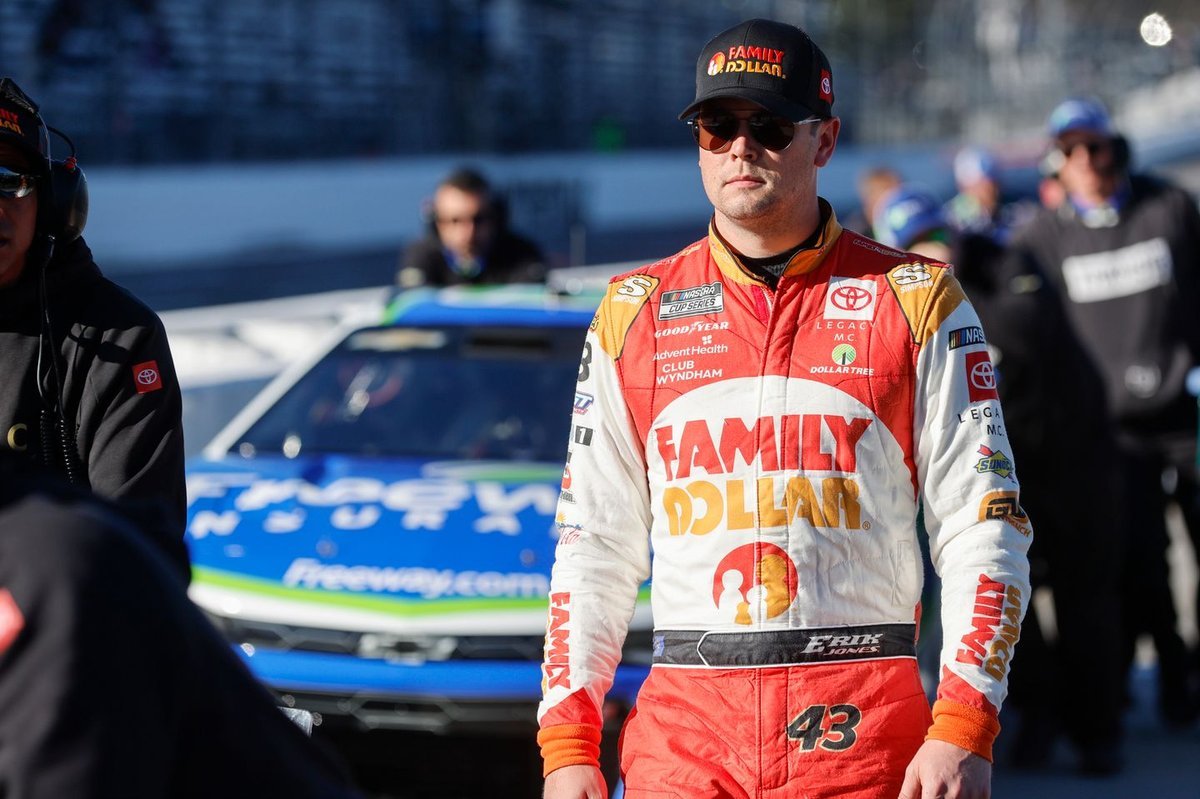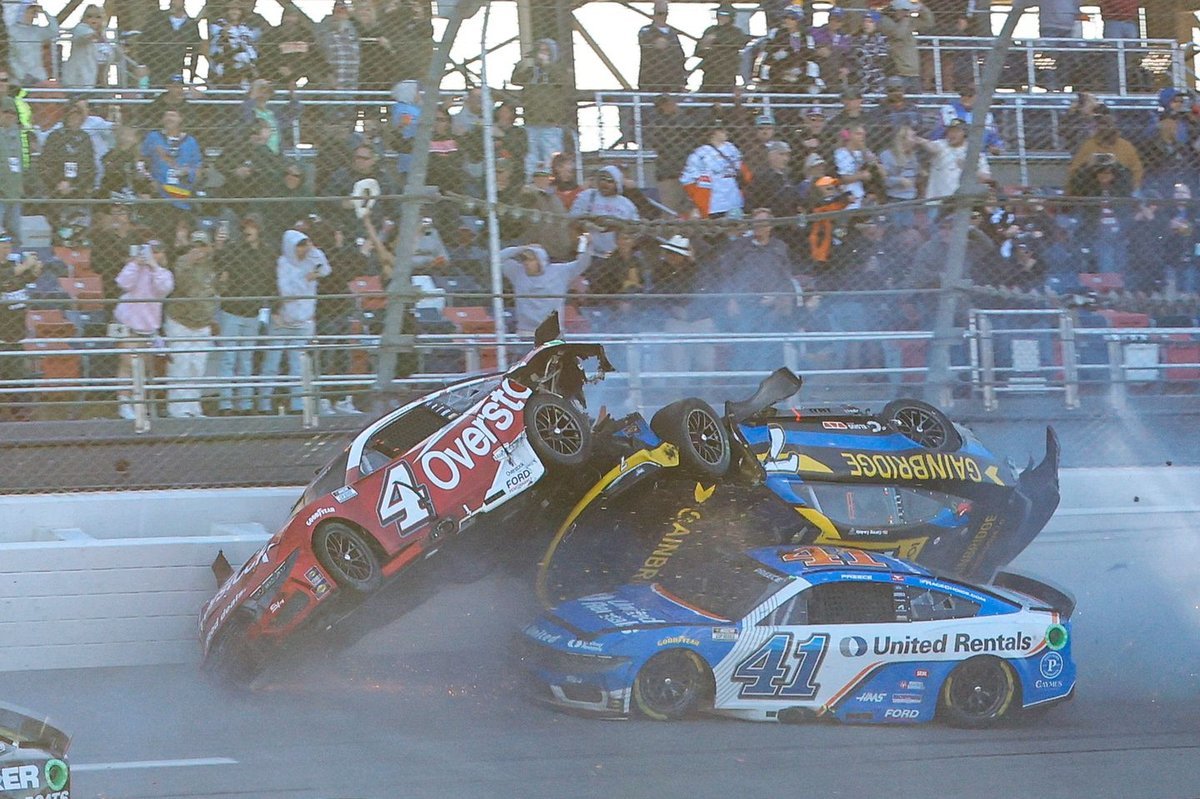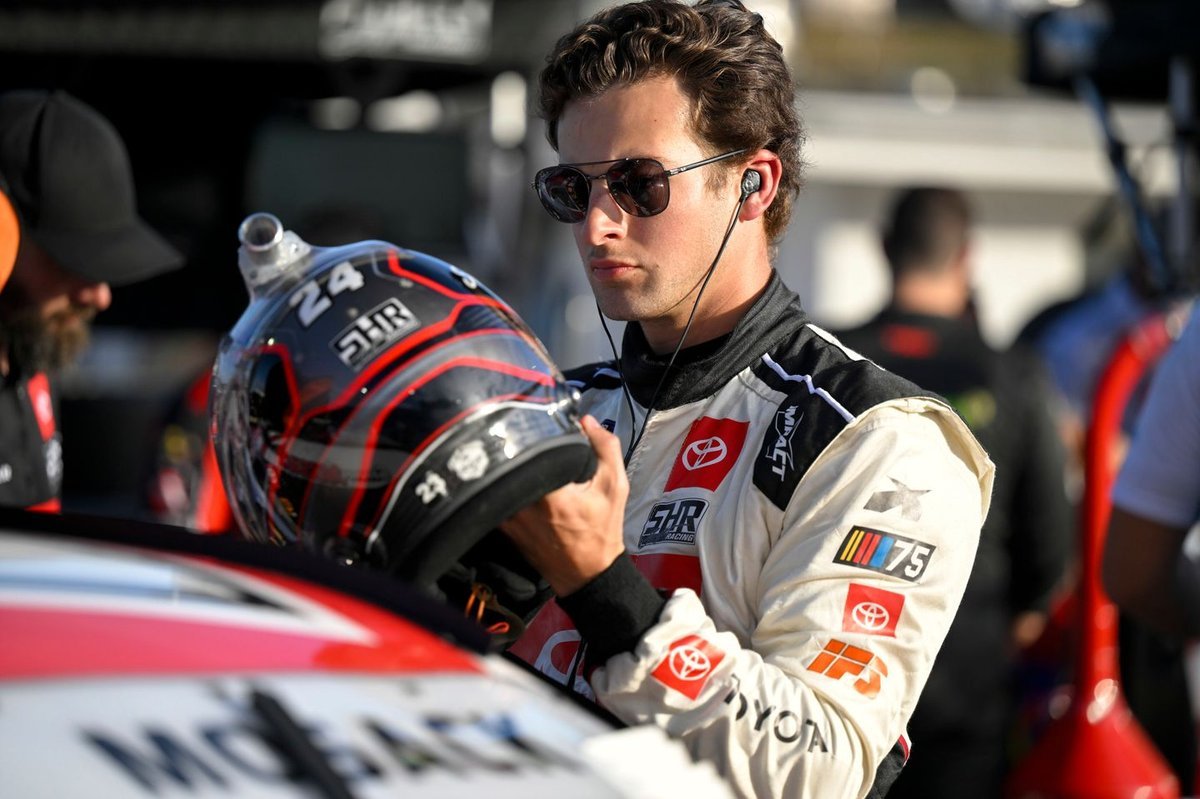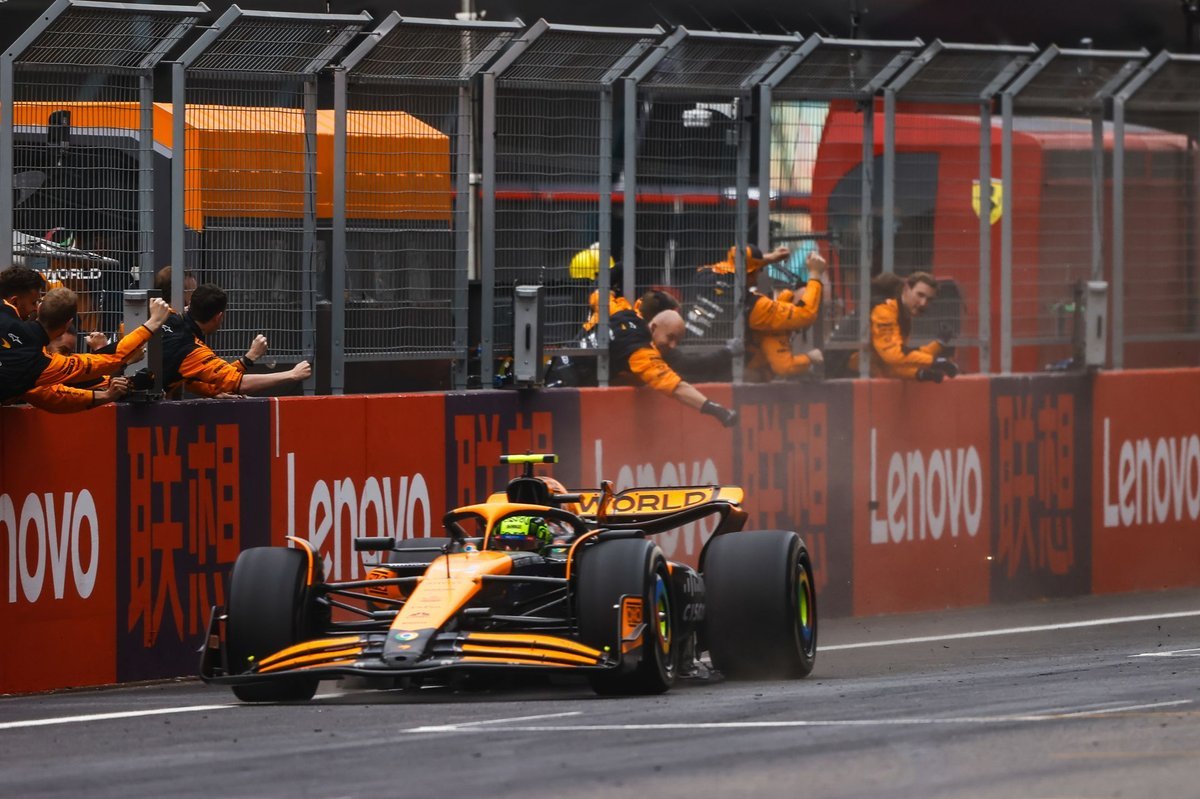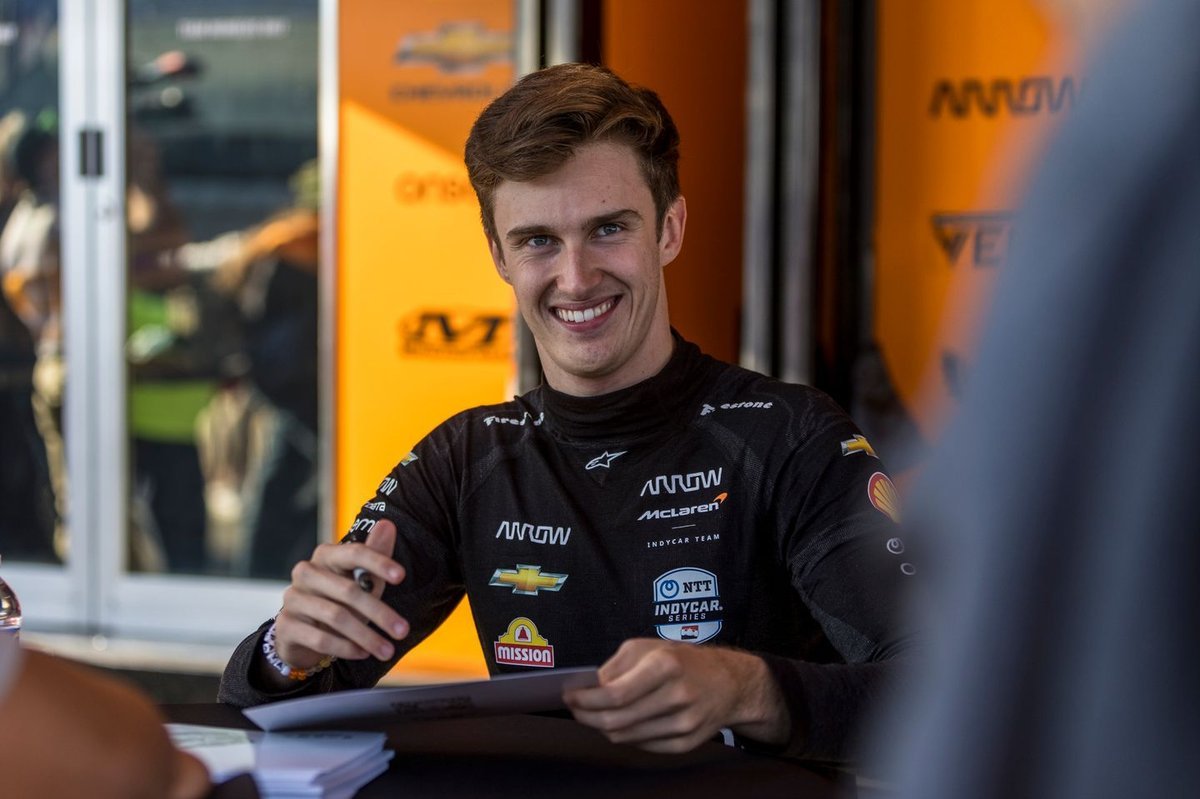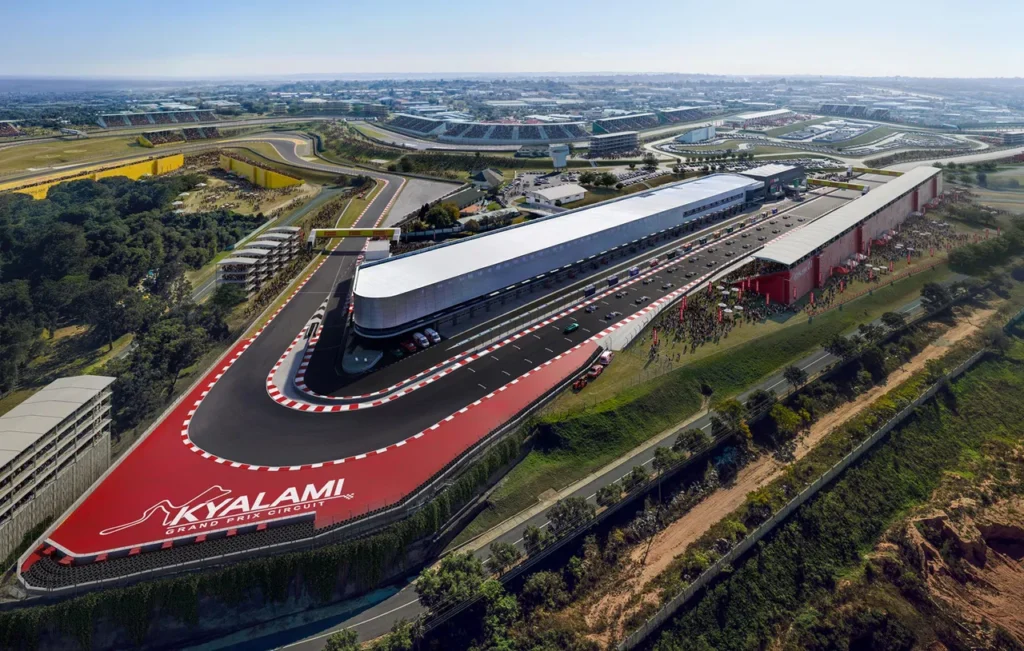
South Africa’s Kyalami Circuit secures FIA Grade 1 plans, boosting hopes for F1 return to African soil for the first time since 1993.
South African motorsport fans, rejoice — there’s finally a green light on the horizon that might bring Formula 1 roaring back to Africa. The iconic Kyalami Grand Prix Circuit, nestled near Johannesburg, has just received FIA approval for plans to restore it to Grade 1 status. In F1 terms, that’s the golden ticket.
But what does that really mean? Simply put, Kyalami is now officially on the path to hosting a Formula 1 Grand Prix again — and that’s something we haven’t seen on African soil since 1993. That’s over three decades of absence from a continent with a rich racing heritage.
Let’s dive into what this means, what’s next, and why it’s more than just asphalt and engine noise — it’s a huge step forward for South Africa and F1 fans worldwide.
Table of Contents
| Sr# | Headings |
|---|---|
| 1 | A Historic Win for African Motorsport |
| 2 | What Is FIA Grade 1 and Why It Matters |
| 3 | Kyalami: A Circuit Steeped in Legacy |
| 4 | The Road Back: Kyalami’s Restoration Journey |
| 5 | No Major Track Changes — Just Smart Upgrades |
| 6 | The Apex of Design: Who’s Behind the Project? |
| 7 | Three-Year Countdown: The FIA Timeline |
| 8 | Why F1’s Return to Africa Is a Big Deal |
| 9 | FIA’s Statement: A Nod of Approval with Strings |
| 10 | A Win for Fans, Local Economy and Motorsport Culture |
| 11 | Drivers and Teams Are Already Talking |
| 12 | Kyalami vs Other Global Circuits |
| 13 | Can Kyalami Deliver an Epic Race Weekend? |
| 14 | Public Reaction: Hope, Hype, and Historic Excitement |
| 15 | The Finish Line: What Happens Next? |
1. A Historic Win for African Motorsport
Think of this moment as a phoenix rising. South Africa’s motorsport scene, long overshadowed by financial and political hurdles, just got a massive credibility boost. With the FIA officially approving plans to make Kyalami F1-ready again, Africa inches closer to reclaiming its place on the world racing map.
2. What Is FIA Grade 1 and Why It Matters
In F1 lingo, FIA Grade 1 is like getting your car license — but for circuits. Without it, no matter how flashy or historic a track is, it can’t host a Formula 1 race. It’s the highest standard in track certification, meaning safety, layout, runoff areas, fencing, and more must meet the governing body’s strictest requirements.
3. Kyalami: A Circuit Steeped in Legacy
Kyalami isn’t just any old track. It’s where legends like Nigel Mansell and Alain Prost took victories. From 1967 to 1985, it was the beating heart of the South African Grand Prix. Sadly, after 1993, the F1 engines fell silent here. Until now, that is.
4. The Road Back: Kyalami’s Restoration Journey
In 2014, businessman Toby Venter bought the circuit with a clear vision: to revive it as Africa’s motorsport capital. Since then, it’s been a gradual but passionate rebuild — updating facilities, hosting world-class events, and now, getting that coveted FIA Grade 1 design approval.
5. No Major Track Changes — Just Smart Upgrades
Here’s the cool part: Kyalami doesn’t need a total overhaul. The track layout remains intact. The upgrades are focused on safety — better runoff zones, enhanced barrier systems, improved drainage, and modern debris fencing. It’s a refresh, not a rebuild — like updating your classic car with modern tech.
6. The Apex of Design: Who’s Behind the Project?
Enter Apex Circuit Design — the masterminds behind Kyalami’s engineering transformation. Clive Bowen, the founder, described the work as a “light-touch upgrade” that respects the circuit’s soul while bringing it up to modern standards. It’s precision engineering, not demolition.
7. Three-Year Countdown: The FIA Timeline
FIA didn’t just give Kyalami a thumbs-up and walk away. There’s a deadline. The circuit now has three years to complete all necessary upgrades. So, mark your calendars — we could see an F1 race in South Africa as early as 2027.
8. Why F1’s Return to Africa Is a Big Deal
Let’s face it — F1 is a global sport, but Africa’s been missing from the calendar. A return fills that glaring gap, increases fan engagement, and sends a powerful message: motorsport is for everyone, everywhere. Plus, it brings the sport to an entirely new generation of African fans.
9. FIA’s Statement: A Nod of Approval with Strings
The FIA isn’t just being generous. Their approval of the design is conditional — meaning if Kyalami doesn’t meet the Grade 1 standards within the timeline, the dream stalls. It’s like getting a college acceptance letter that’s contingent on your final grades.
10. A Win for Fans, Local Economy and Motorsport Culture
An F1 race isn’t just a sports event — it’s an economic engine. Think tourism, hotels, restaurants, jobs, and global media attention. Johannesburg could become the Monaco of the south, if only for a weekend. For fans, it’s a dream come true. For the local economy, it’s rocket fuel.
11. Drivers and Teams Are Already Talking
You bet the paddock is buzzing. Several drivers, especially Lewis Hamilton, have long voiced support for an African Grand Prix. It’s not just about heritage — it’s about bringing F1 closer to its truly global audience. The idea of racing under the African sun? Pure magic.
12. Kyalami vs Other Global Circuits
Some might ask, how does Kyalami stack up against the likes of Silverstone or Suzuka? While it may not be as fast or technical, its elevation changes and flow make it uniquely thrilling. Plus, its setting in the African highveld gives it a vibe you won’t find anywhere else.
13. Can Kyalami Deliver an Epic Race Weekend?
Absolutely. With its blend of old-school charm and modern upgrades, Kyalami promises a spectacle. Expect packed grandstands, vibrant energy, and a chance to witness history as Africa rejoins the F1 world stage.
14. Public Reaction: Hope, Hype, and Historic Excitement
From social media buzz to motorsport forums, the reaction has been electric. South African fans feel seen. Global fans feel excited. This isn’t just a story about a racetrack — it’s about representation and revival.
15. The Finish Line: What Happens Next?
The real work starts now. With design approval secured, construction crews will move in, timelines will be tracked, and anticipation will build. The dream is alive, and the engines are warming up — figuratively, for now.
Conclusion
Kyalami’s FIA Grade 1 plan approval is more than just a technical milestone — it’s a beacon for what could be the most inclusive, global F1 season ever. With the right investments, passion, and precision, South Africa could very well be back on the F1 calendar — giving the world a Grand Prix like no other.
So, will we hear those engines scream in Johannesburg again? All signs now point to “yes.”
❓FAQs
1. What is FIA Grade 1 certification?
It’s the highest level of circuit safety and infrastructure required by the FIA for a track to host Formula 1 races.
2. When did Formula 1 last race at Kyalami?
The last F1 race at Kyalami was in 1993, won by Alain Prost for Williams.
3. Will the Kyalami layout change with these upgrades?
No. The current layout will remain. Upgrades will focus on safety features like barriers, runoff zones, and fencing.
4. When can we expect an F1 race in South Africa?
If the circuit completes all required upgrades in time, we could see a race as early as 2027.
5. Why is F1 returning to Africa significant?
Africa has been missing from the F1 calendar for over 30 years. Its return would make the sport more global and inclusive.

